
How to Choose and Use Battery Operated LED Lights: Powering, Lifespan, and Efficiency
Share
Table of Contents
- Introduction to Battery Operated LED Lights
- How Battery Power Affects LED Light Output
- Factors That Affect the Lifespan of Battery-Powered LEDs
- Pros and Cons of Battery-Powered LED Lights
- Maximizing Efficiency and Battery Life
- Choosing the Best Battery and LED Setup for Your Needs
Introduction to Battery Operated LED Lights
Battery Operated Dimmable Under Cabinet LED Puck Lights with 1000mAh - 2pcs White
Battery-operated LED lights are a flexible and energy-efficient lighting solution for many areas of your home or office. They don’t require a wired connection to a power source, which makes them ideal for places where installing wiring is difficult, or where you want portable lighting. Whether you’re adding ambient lighting to a room, or need a temporary solution for an outdoor event, these lights can easily be installed and moved around.
Why Choose Battery Operated LEDs?
- Portability: Battery-powered LEDs can be moved from room to room or used for outdoor activities without the need for electrical outlets.
- Convenience: No need for complex installation. Simply insert the batteries, hang the lights, and you're good to go.
- Energy Efficiency: LEDs consume much less power than traditional incandescent bulbs, even when battery-powered, making them cost-effective in the long run.
Popular Applications
- Indoor Use: These lights are great for bedrooms, bathrooms, and kitchens where extra lighting is needed without dealing with power cords.
- Outdoor Use: Perfect for patios, gardens, or camping trips, as they’re not reliant on electrical grids.
- Event Lighting: Ideal for parties, weddings, or festive decorations where you need temporary, attractive lighting.
How Battery Power Affects LED Light Output
Battery Operated Motion Sensor Under Cabinet LED Light Bar - 60 LED Touch Bar
Understanding how the type of battery you use influences the brightness and efficiency of your LED lights is key to selecting the right setup.
Key Factors Influencing Light Output:
- Voltage: The higher the voltage (e.g., 12V vs. 9V), the more power can be delivered to the LEDs, which typically translates into brighter light output.
- Battery Capacity: Battery capacity is measured in milliamp hours (mAh) or amp hours (Ah). A higher mAh means the battery can provide power for a longer period. However, it may not always translate to brighter light unless the voltage is sufficient.
- LED Efficiency: LED technology varies, and more efficient LEDs will give more light for less battery power.
Example: Comparing Power from 9V and 12V Batteries
| Battery Type | Voltage | Estimated LED Output (Lumens) | Ideal Application |
|---|---|---|---|
| 9V Battery | 9V | 20-50 lumens | Small setups, accent lighting |
| 12V Battery | 12V | 100-200 lumens | Larger setups, brighter task lighting |
As you can see, the 12V battery can provide significantly brighter light than the 9V, making it better suited for larger spaces or areas requiring more illumination.
Factors That Affect the Lifespan of Battery-Powered LEDs
How long your battery-powered LEDs last is affected by several factors, including the type of battery, the efficiency of the LED, and how often the lights are used.
1. Battery Type and Quality
- Disposable vs. Rechargeable: Disposable batteries (like AA, AAA, or 9V) tend to last for a certain number of hours depending on usage, but rechargeable batteries are more eco-friendly and cost-effective in the long term.
- Rechargeable Options: Lithium-ion (Li-ion) batteries typically last longer and offer higher capacity compared to AA or AAA batteries.
2. LED Efficiency
- Low-Power LEDs: High-quality LEDs consume much less power than older models, extending battery life significantly.
- Brightness vs. Battery Life: Brighter lights drain batteries faster. For longer-lasting use, you may need to sacrifice some brightness.
3. Usage Patterns
- Constant Use: If you keep the lights on continuously, the battery will deplete more quickly. Intermittent use, such as turning the lights on only when needed, can greatly extend the battery life.
Battery Life Estimates (for Different Types)
| Battery Type | Expected Runtime for LED Lights (approx.) | Usage Pattern |
|---|---|---|
| AA (1.5V) | 10-50 hours (depending on LED wattage) | Occasional use |
| 9V | 20-80 hours (depending on LED type) | Short-term use |
| Li-ion (Rechargeable) | 200-500 hours (depending on battery capacity) | Frequent use |
Note: These estimates can vary depending on the specific LED light and battery brand, so it’s always best to consult product specifications.
Pros and Cons of Battery-Powered LED Lights
Pros:
- Convenience: No need for wiring or electrical outlets, making installation much easier and faster.
- Energy Efficiency: LED technology uses less energy, even when battery-operated, saving you on electricity bills.
- Portability: Great for temporary or seasonal uses, and can be used in places without power outlets.
- Safety: Since there are no wires, there's less risk of electrical hazards.
Cons:
- Battery Life: Depending on usage, the need for frequent battery replacements can be a hassle, especially for larger setups.
- Limited Brightness: Battery-powered LEDs might not be as bright as their wired counterparts, limiting their use in larger or more task-oriented spaces.
- Initial Cost: Rechargeable battery setups or more advanced LED lights can come at a higher upfront cost, though they are more cost-effective in the long run.
Ideal Scenarios for Battery-Powered LEDs
Battery-powered LEDs are great for accent lighting, decorative purposes, and temporary lighting needs where wiring is impractical or unwanted.
Maximizing Efficiency and Battery Life
To get the most out of your battery-powered LED lights, consider these tips to extend battery life and improve efficiency:
1. Use Efficient LEDs
Look for high-efficiency LED lights that consume less power and offer longer runtimes. Opting for low-wattage LEDs is a simple way to reduce power consumption without sacrificing too much brightness.
2. Choose Rechargeable Batteries
Rechargeable batteries like Li-ion provide longer life cycles and more consistent power output. They can be a bit pricier upfront, but they save you money in the long term and are better for the environment.
3. Optimize Placement and Usage
- Position lights strategically to make the most of the light output without needing to use more batteries. For instance, position lights near reflective surfaces to amplify brightness without using additional power.
- Use timers or motion sensors to ensure the lights are only on when needed.
Choosing the Best Battery and LED Setup for Your Needs
When selecting a battery-operated LED setup, there are a few key points to consider:
1. Assess Your Lighting Needs
Are you lighting a small accent area, or do you need something to illuminate an entire room or garden? The size and brightness of the LED lights you choose should reflect your needs. If you need brighter lights, a 12V battery setup might be best.
2. Match Battery Capacity with LED Wattage
Choose a battery with a capacity that matches the energy demands of your LEDs. For example, using a high-wattage LED with a small 9V battery will quickly drain the battery.
3. Consider the Environment
Will the lights be used indoors or outdoors? For outdoor applications, ensure the lights are waterproof and that the battery type is suitable for fluctuating temperatures.
4. Durability and Rechargeability
If you plan to use the lights regularly, rechargeable batteries may be your best option. However, for occasional or seasonal use, disposable batteries could work just fine.
Conclusion
Choosing and using battery-operated LED lights is a smart way to illuminate your home, office, or outdoor spaces. By understanding how battery power affects light output, knowing how long your LEDs will last, and choosing the best setup for your needs, you can enjoy all the benefits of LED lighting without the hassle of complicated installations. Follow the tips outlined here, and you’ll maximize efficiency, extend battery life, and get the most out of your battery-operated LEDs.
Further Reading:




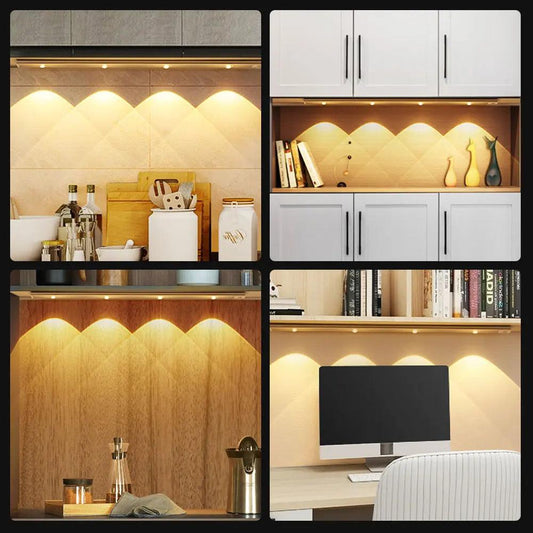

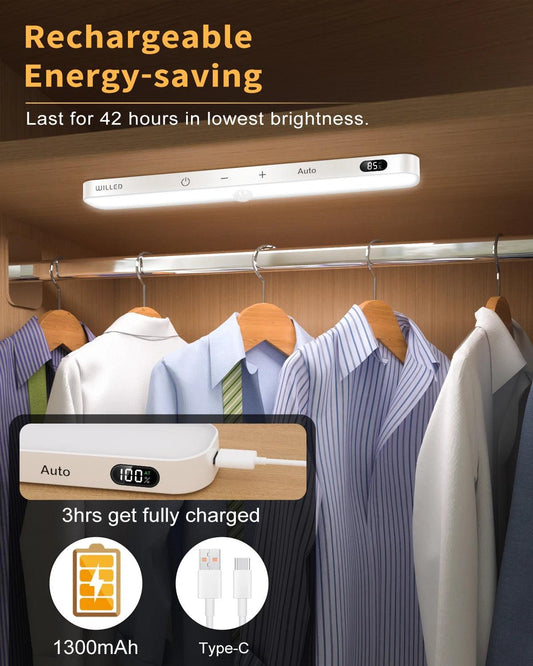

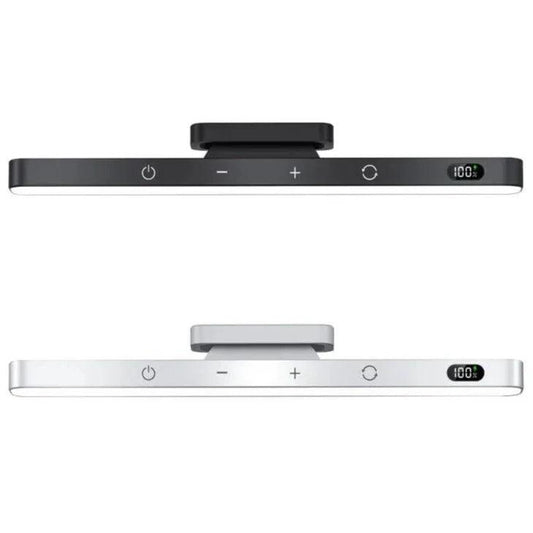

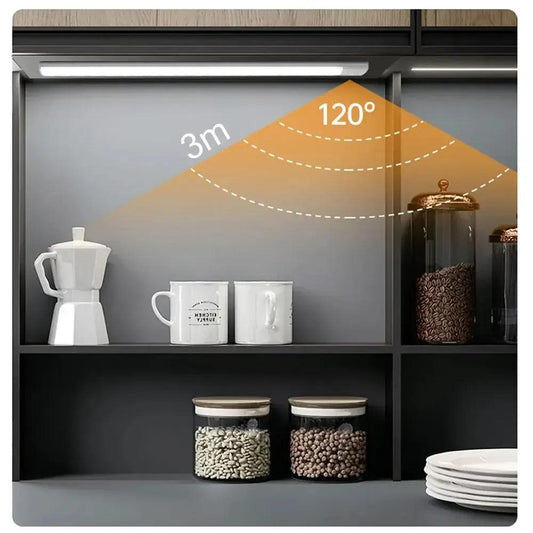

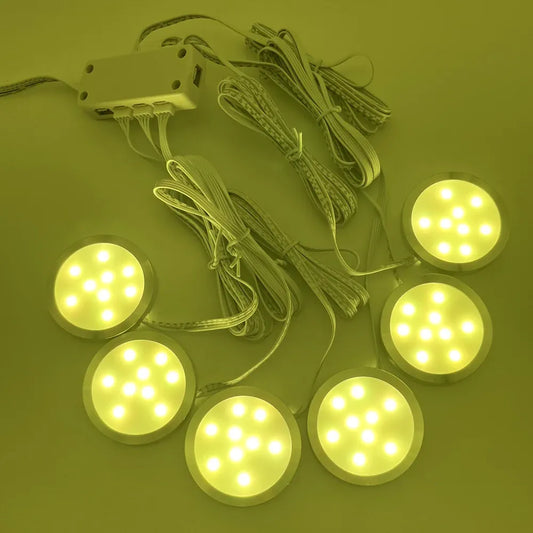

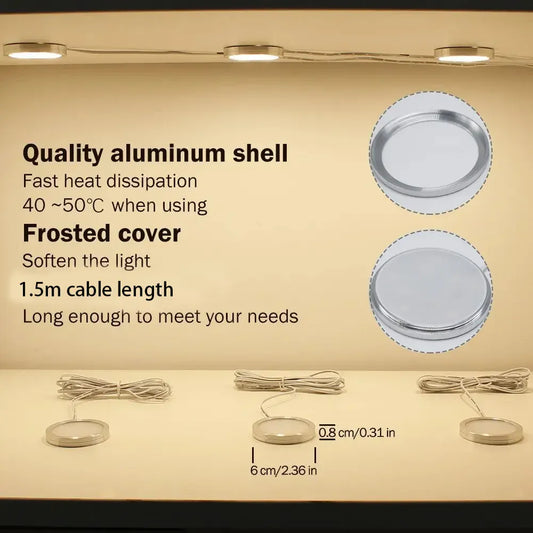

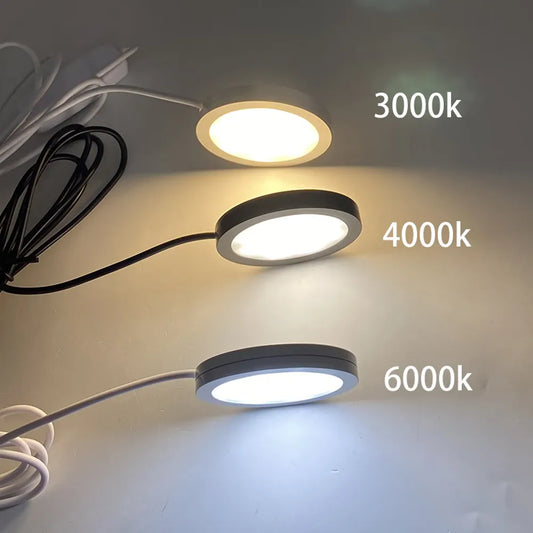

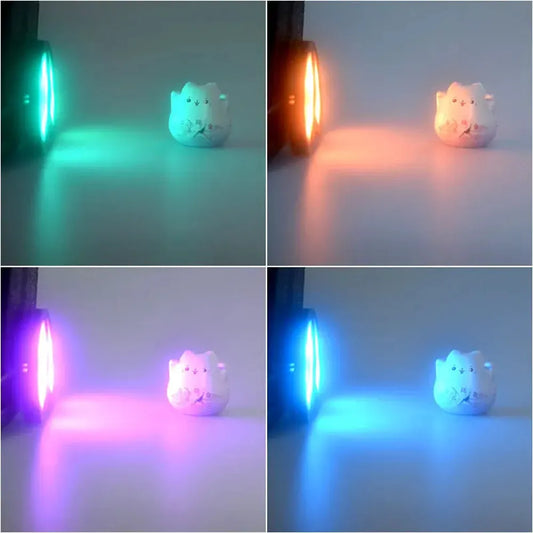

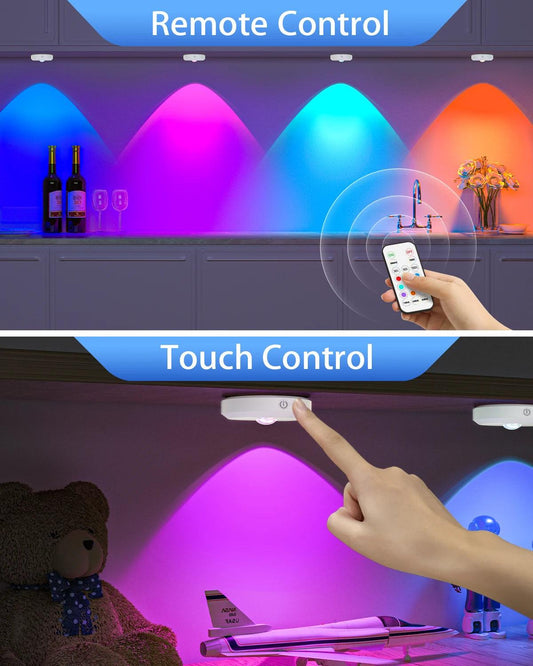

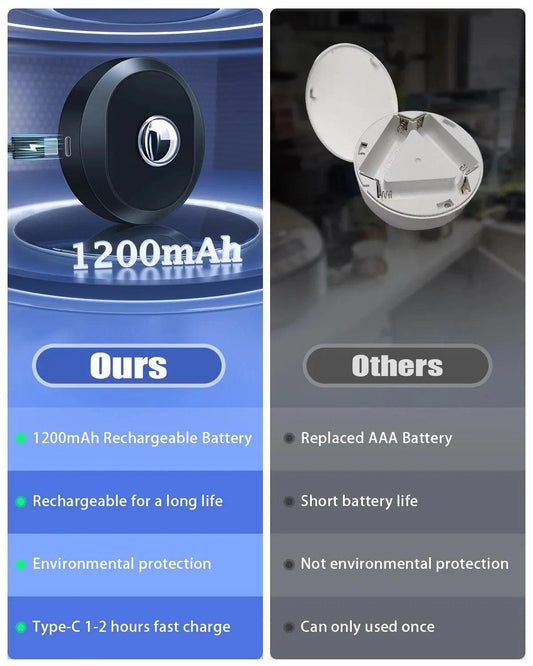



 />
/>
 />
/>
 />
/>
 />
/>
 />
/>